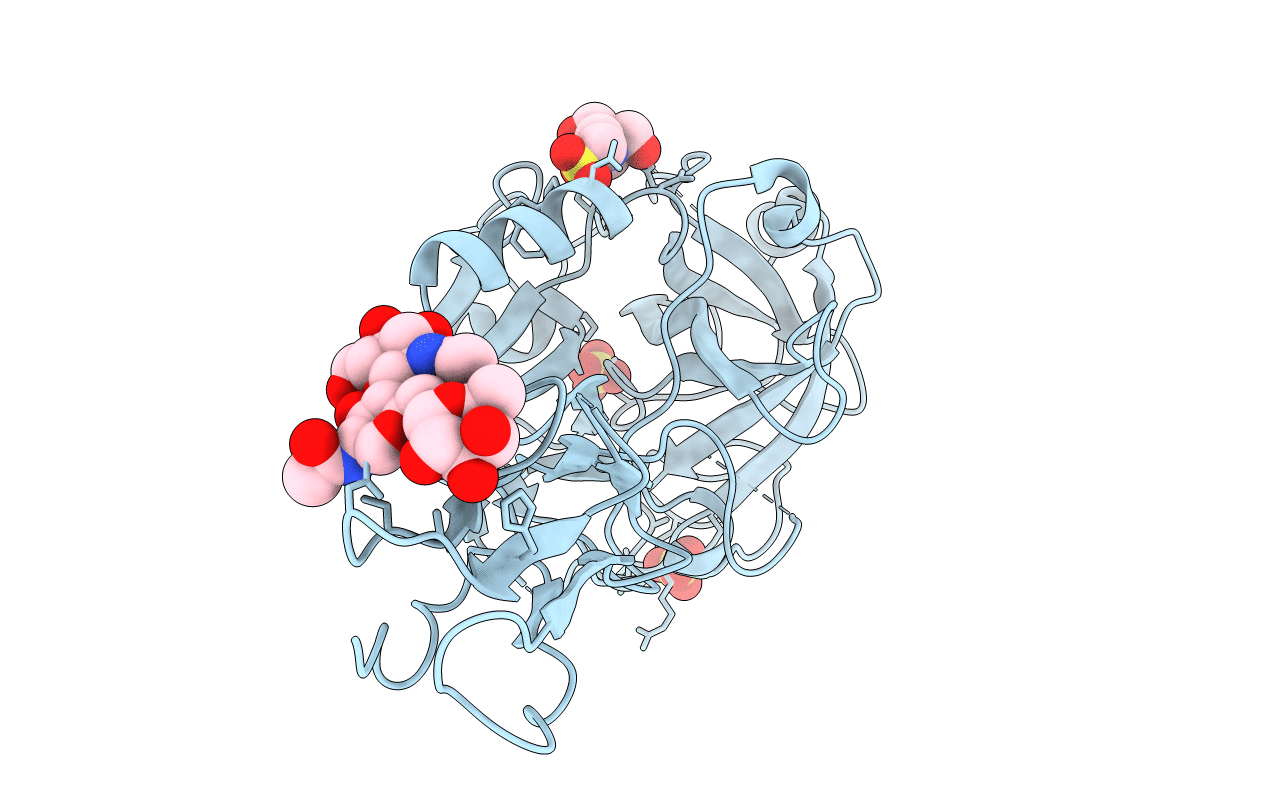
Deposition Date
2000-03-14
Release Date
2001-03-14
Last Version Date
2024-11-20
Entry Detail
PDB ID:
1ELV
Keywords:
Title:
CRYSTAL STRUCTURE OF THE CATALYTIC DOMAIN OF HUMAN COMPLEMENT C1S PROTEASE
Biological Source:
Source Organism:
Homo sapiens (Taxon ID: 9606)
Host Organism:
Method Details:
Experimental Method:
Resolution:
1.70 Å
R-Value Free:
0.21
R-Value Work:
0.18
Space Group:
P 1 21 1


